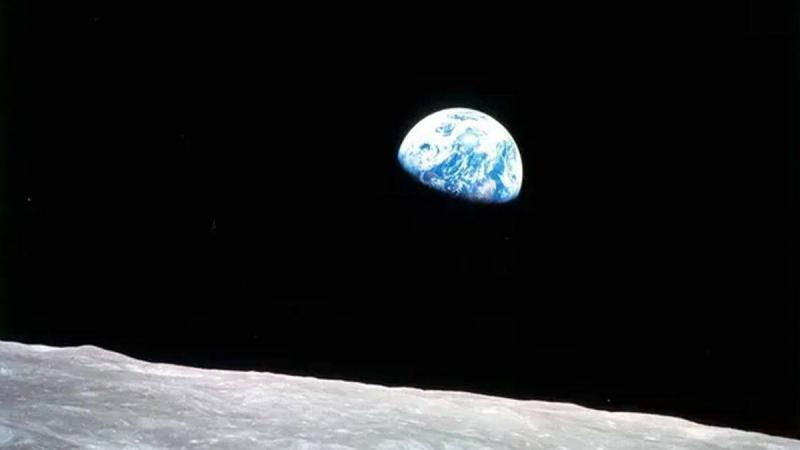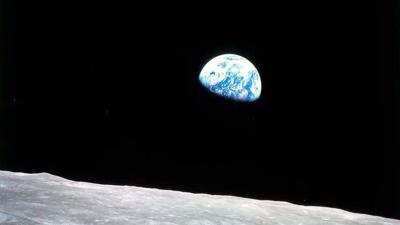The death of Frank Borman, commander of NASA's Apollo 8 mission in 1968, shifted the focus to that incredible first journey to the Moon. This occurred eight months before the Apollo 11 mission, where Neil Armstrong and Buzz Aldrin first discovered the lunar surface. However, the impact of the "Earthrise" photo taken by Apollo 8 - showing Earth from the Moon - now seems greater than that of the first landing.
For many years, the story behind the famous "Earthrise" image has been that the crew was surprised by the blue celestial body appearing from behind the Moon. Detailed research in NASA’s archives has revealed more clearly the level of planning behind these dramatic moments. The iconic "Earthrise" image was spontaneous but also anticipated. After entering lunar orbit, the crew nearly missed seeing Earth, only noticing it in the fourth orbit when the capsule had rotated 180 degrees forward. Borman confirmed that they were "surprised at that moment - they were so busy observing the Moon during the first three orbits."
However, the Apollo program's director of photography, Dick Underwood, was eager to set the record straight. He explained, "We spent hours with lunar crews, including the Apollo 8 crew, briefing them on how to set up the camera properly." Nevertheless, there were internal battles within NASA over which images astronauts should focus on, with management insisting on shots of lunar geology and potential landing sites. Underwood explained, "I argued strongly for a shot of 'Earthrise', and we impressed the astronauts."
Two other astronauts joined Borman on the mission: Jim Lovell, the command module pilot, and Bill Anders, who held the title of lunar module pilot. NASA intended for Apollo 8 to test the lunar module, but it was behind schedule and thus the mission did not involve any testing. During the press conference preceding the launch, Borman was looking forward to getting "good views of Earth from the Moon," while Lovell was eager to see "the Earth rise and set."
The official mission plan directed astronauts to take photos of Earth, but only as a low priority. When the critical moment arrived, the astronauts were indeed surprised, but not for long. Anders was standing by a side window taking pictures of craters with a black and white film camera when he saw Earth rise from behind the Moon. Anders exclaimed, "There’s the Earth coming up." He quickly took a shot of Earth appearing above the lunar horizon. Anders captured the faded, hurriedly-framed colored shot of "Earthrise", which was later dubbed the picture of the century. However, a much better shot was captured in the other camera but was overlooked for a long time because it was in black and white.




